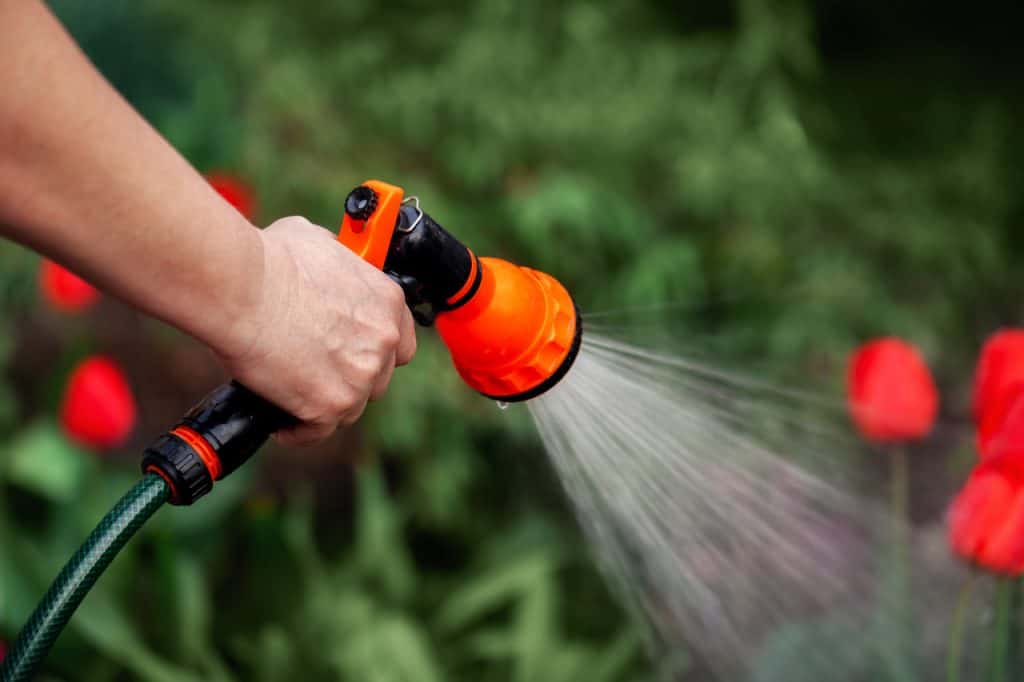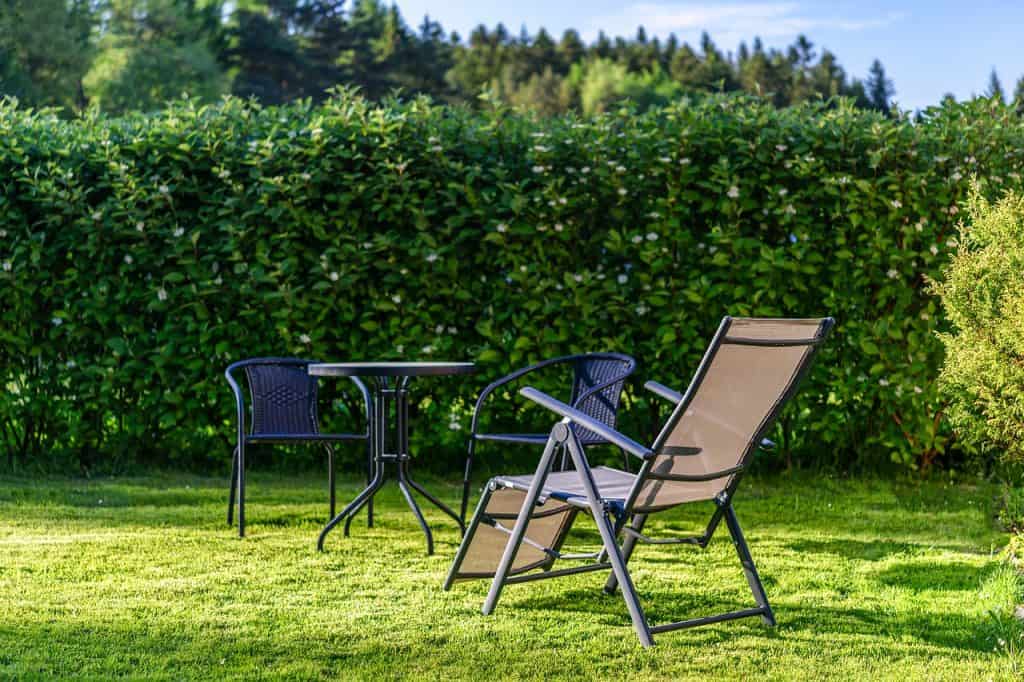Sponsored article
If you’re new to gardening, you may think that planting a hedge of shrubs was a straight shot in the arm. It’s a great living barrier against unwanted eyes from neighbors and strangers, and it also serves a decorative function. It’s good to know that having a beautiful, well-kept hedge also means work – after all, there are few things in our gardens we can have with virtually no effort at all.
Just thinking about a hedge and not sure if you should go for it? First of all, you need to answer the question of whether you want to opt for a deciduous or a coniferous hedge. A deciduous hedge is planted either in early spring or in autumn after the leaves have fallen, whereas conifers can be planted all year round as long as the ground isn’t too frozen. August or September is usually recommended, however. If you want a straight hedge you need to plant in even rows and the ground should be fertilized and weed-free beforehand. The size of your garden is also important. In large gardens a so-called informal hedge will do just fine, as it will be able to grow freely, making your plot attractive not only for its fascinating shape but also for the flowers that appear on it. For smaller areas a shaped hedge will have a much greater effect and be easier to maintain. Which plants to choose? It all depends on how much time and money you can spend on watering and fertilizing your hedge.
Nothing lives in your garden without water, and this is no different for hedges. Take special care with watering while your hedge is still young and just starting to grow. Of course, it’s only natural that you may not have the time to give it a regular watering – a good way to look after a hedge is to invest in a drip irrigation system to take some of the worry out of it. Once your hedge has taken root you can water it much less frequently, but make sure you don’t forget to water it during drier periods. It’s with proper, regular watering that you’ll get a beautiful, dense, intensely green hedge.

This is one of the most important things when it comes to hedge maintenance. If you forget to keep an eye on which way the bushes are growing, you can end up with a chaotic mess instead of an even, lush hedge. It pays to invest in a good hedge trimmer. It’s up to you to decide whether a sturdy handheld hedge trimmer or one with a built-in battery works better for your shrubs. You can find the right hedge trimmer at https://norwit.pl/ for example. Remember that if your hedge is tall, you’ll have to trim the top as well. What is the best way to trim a hedge? If you have an informal hedge, trim only the branches that get in the way and let the others grow freely. This is made easier by the fact that most informal hedges are formed from deciduous trees and shrubs that have natural masses. You’ll have more work to do with a shaped hedge. If your planted shrubs are young, the first thing you have to do is get them into shape and size. Once the hedge has reached the size you want, it only needs trimming twice a year (usually in June and August) at the top where new branches grow. Make sure that you also trim the branches in the middle from time to time so that the sun can reach the plant even close to the ground.

You should fertilize your hedge based on the plants in it, so it’s important to know what kind of plants you’re looking for and how much work they’ll require. Hedge trimming alone won’t get your plants to grow beautiful green branches – you need a little help. You can easily find chemical hedge fertilizers in garden stores, but make sure you follow the manufacturer’s directions! Depending on the season you’re applying it, pay close attention to its composition. For example, a fertilizer that contains nitrogen will work great in the spring but should not be used in the fall and instead be rich in phosphorus and potassium. Fertilizing hedges is a tricky business, so the safest way to nourish your shrubs while not overfertilizing the soil is to use compost in the spring.